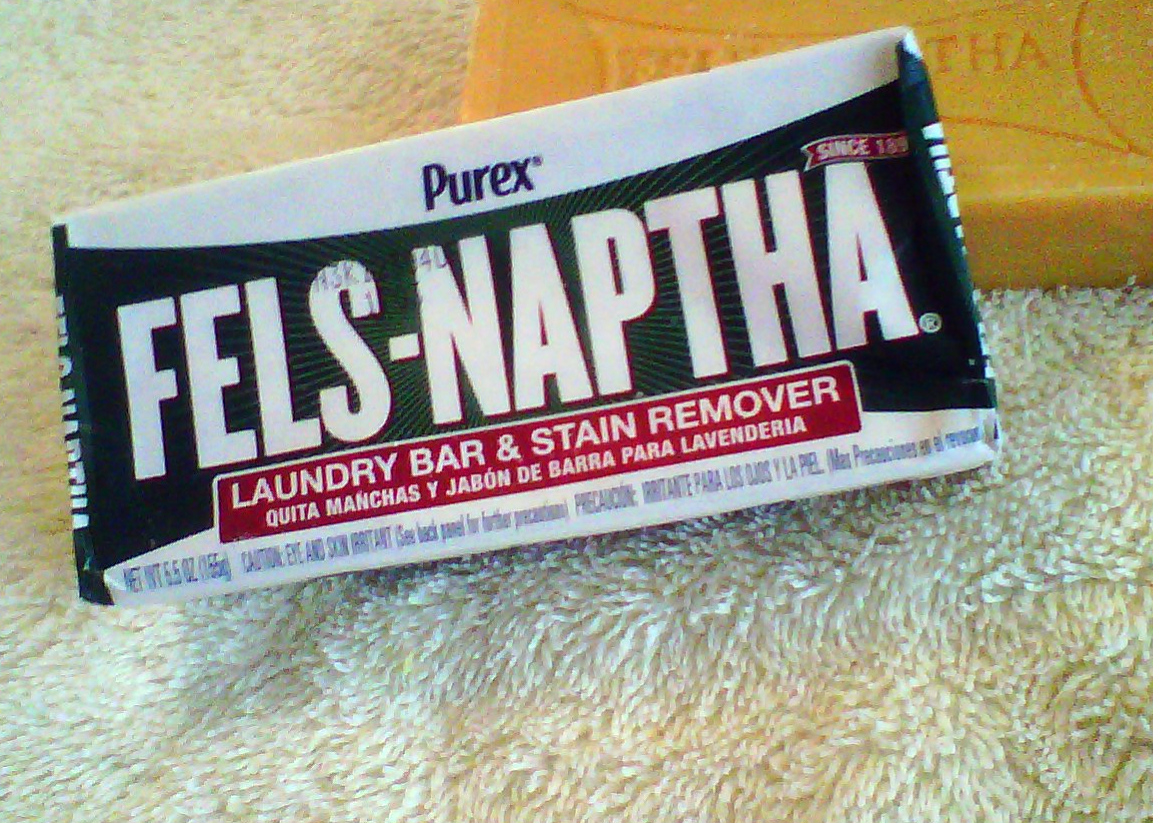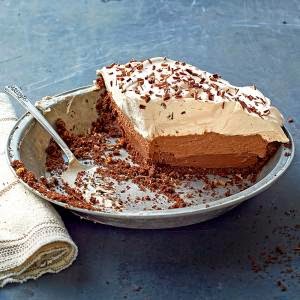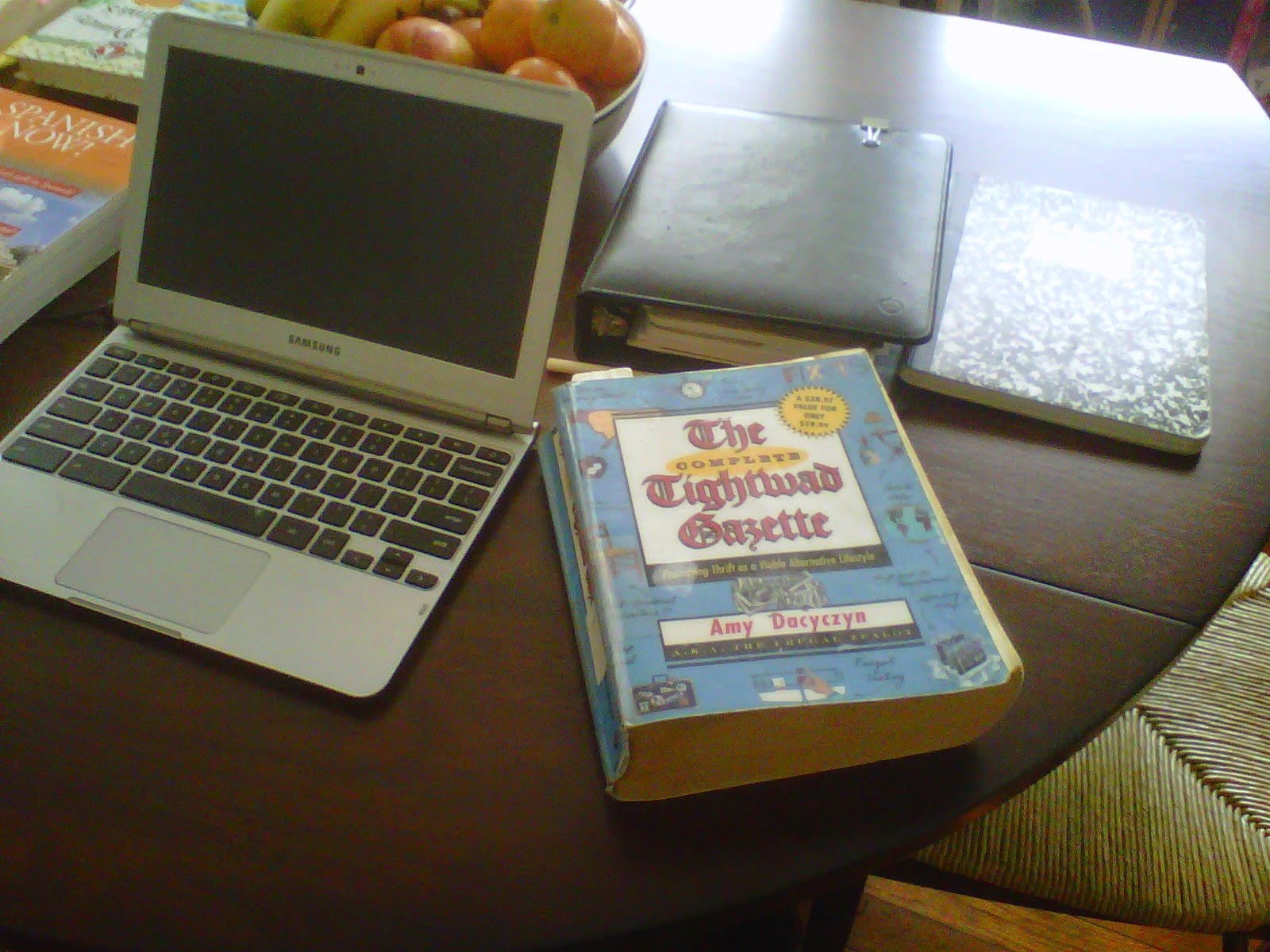My sister in California sends me recipes from time to time... ones she's tried and found wonderful. Recently she mentioned a recipe she had gotten from someone called Pioneer Woman. I sort of vaguely recognized the name as being from one of those cooking shows on TV that I don't watch. And it didn't sound very interesting to me, despite my interest in historical American cookery.
So imagine my surprise when I finally followed up by going to the Pioneer Woman website. I'd noticed her Superbowl recipes featured on a blog I read from time to time. They looked so good I almost wanted to call up a bunch of people and host a Superbowl party... but not quite! (I neither understand nor watch football.) That Queso Fundido (queso fundido means "melted cheese, by the way) is just the kind of hearty, warm, casual fare that would be perfect for almost any get-together, winter or summer.
It turns out that Pioneer Woman's recipes aren't historical, so far as I can tell, but they look so good! (I still haven't watched the TV program on the Food Network, mainly because I don't have that station on my basic cable lineup.) I especially like the fact that recipes on her website are explained in a lot of detail, including beautiful step-by-step photos. Now, many are not frugal, but not for the usual Food Network reason... i.e., too many unusual, "gourmet" ingredients that require deep pockets and a lot of driving around.
No, but Pioneer Woman features a lot of recipes that use packaged mixes and products, The Queso Fundido does not fall into that category, by the way. It isn't frugal these days mainly because the cost of ground beef and cheese has gotten pretty high. Still, a nice little splurge for a party.
But then I was disappointed to find that a scrumptious- looking caramel-filled brownie recipe was made with... German chocolate cake mix. Ugh. Now, packaged ingredients such as cake mixes, Bisquik, canned soups, and jarred sauces are not necessarily more expensive than from-scratch equivalents. But here's the thing... they aren't really equivalent. Most packaged stuff like that, especially the less expensive brands, contains all kinds of chemicals and unnatural fats, designed to allow non-refrigerated storage, extend shelf like, improve "mouth feel," and/or taste and look like something made from more expensive, fresh ingredients. Mixes are never made with fresh eggs and butter, as you'd make them at home, but instead tend to use unhealthy partially hydrogenated or otherwise preserved fats.
The main advantage in using recipes containing these types of ingredients is convenience. But often the time difference is only a few minutes. I've seen chili recipes, for instance, that call for an entire jar of salsa, at a cost of several dollars. Alternatively, you could add a can of diced tomatoes (69 cents), a minced onion, jalapeno pepper, and a few sprigs of cilantro (total well under a dollar) and some salt and pepper, and have a much fresher-tasting mix at a fraction of the cost. Plus you can tailor the amount of salt to your own needs (low-salt canned tomatoes are no more expensive than regular, where I shop). The difference in taste and healthfulness between baked goods made from mixes, and those made from fresh, natural ingredients, I've found to be remarkable, despite what the recipes say "You'd never guess it was a mix!" Yes, I would.
So when I look for recipes from the Pioneer Woman, I'll be looking for those that are made from basic ingredients, preferably those that aren't expensive, rather than a bunch of packaged products thrown together to resemble something homemade from scratch. Scratch is generally better for my bank account as well as my health.
 |
| Pioneer Woman's Queso Fundido |
It turns out that Pioneer Woman's recipes aren't historical, so far as I can tell, but they look so good! (I still haven't watched the TV program on the Food Network, mainly because I don't have that station on my basic cable lineup.) I especially like the fact that recipes on her website are explained in a lot of detail, including beautiful step-by-step photos. Now, many are not frugal, but not for the usual Food Network reason... i.e., too many unusual, "gourmet" ingredients that require deep pockets and a lot of driving around.
No, but Pioneer Woman features a lot of recipes that use packaged mixes and products, The Queso Fundido does not fall into that category, by the way. It isn't frugal these days mainly because the cost of ground beef and cheese has gotten pretty high. Still, a nice little splurge for a party.
But then I was disappointed to find that a scrumptious- looking caramel-filled brownie recipe was made with... German chocolate cake mix. Ugh. Now, packaged ingredients such as cake mixes, Bisquik, canned soups, and jarred sauces are not necessarily more expensive than from-scratch equivalents. But here's the thing... they aren't really equivalent. Most packaged stuff like that, especially the less expensive brands, contains all kinds of chemicals and unnatural fats, designed to allow non-refrigerated storage, extend shelf like, improve "mouth feel," and/or taste and look like something made from more expensive, fresh ingredients. Mixes are never made with fresh eggs and butter, as you'd make them at home, but instead tend to use unhealthy partially hydrogenated or otherwise preserved fats.
The main advantage in using recipes containing these types of ingredients is convenience. But often the time difference is only a few minutes. I've seen chili recipes, for instance, that call for an entire jar of salsa, at a cost of several dollars. Alternatively, you could add a can of diced tomatoes (69 cents), a minced onion, jalapeno pepper, and a few sprigs of cilantro (total well under a dollar) and some salt and pepper, and have a much fresher-tasting mix at a fraction of the cost. Plus you can tailor the amount of salt to your own needs (low-salt canned tomatoes are no more expensive than regular, where I shop). The difference in taste and healthfulness between baked goods made from mixes, and those made from fresh, natural ingredients, I've found to be remarkable, despite what the recipes say "You'd never guess it was a mix!" Yes, I would.
So when I look for recipes from the Pioneer Woman, I'll be looking for those that are made from basic ingredients, preferably those that aren't expensive, rather than a bunch of packaged products thrown together to resemble something homemade from scratch. Scratch is generally better for my bank account as well as my health.









